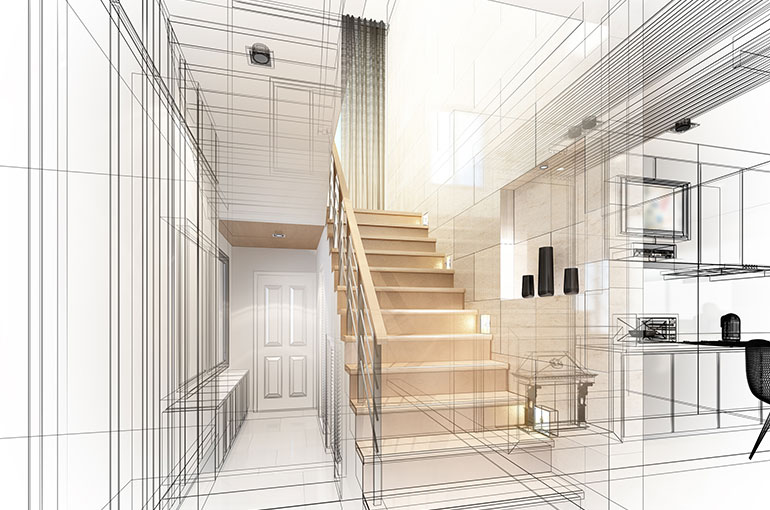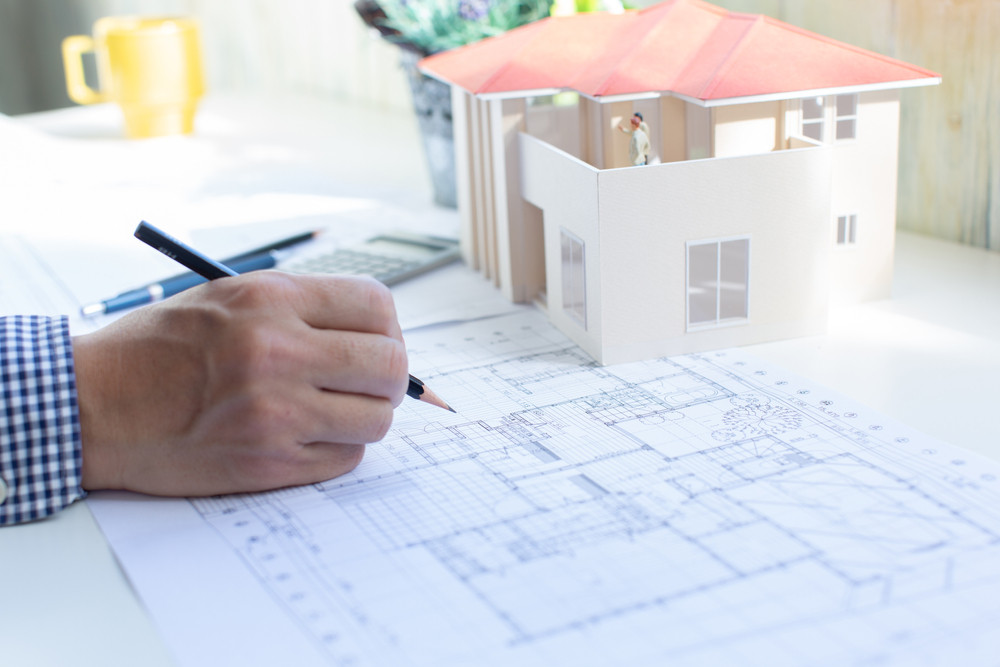Discover Cutting-edge Styles with Leading CDA Architects for Your Next Job
Discover Cutting-edge Styles with Leading CDA Architects for Your Next Job
Blog Article
Comprehending the Collaborative Refine In Between Architects and Designers in Modern Construction Projects
The collaborative procedure in between engineers and designers is crucial in modern-day building and construction tasks, as it integrates layout intent with design usefulness. Discovering these characteristics exposes insights that could significantly influence task end results and general market requirements.
The Significance of Collaboration
The joint harmony in between designers and engineers is important for the effective understanding of any type of building project. This collaboration brings with each other unique competence and viewpoints, allowing the combination of innovative layout with useful design options. By collaborating, designers and designers can make sure that a job not only fulfills aesthetic and useful requirements yet also complies with security, sustainability, and financial constraints.
Cooperation fosters a common vision, facilitating the positioning of goals and assumptions from the outset. This placement is crucial in dealing with possible difficulties and mitigating dangers that could occur throughout the project lifecycle. In addition, a collaborative technique enables the efficient allowance of resources, optimizing both time and cost.
The value of cooperation reaches the iterative process of style and building, where comments from engineers can notify building decisions, bring about even more possible and sustainable layouts. Conversely, architects can influence engineers to think creatively regarding how to accomplish structural stability without jeopardizing creative intent. Ultimately, the collaborative relationship between architects and engineers is not merely useful; it is essential to the development of top notch, useful, and cutting-edge developed atmospheres that fulfill the requirements of society.
Communication Techniques and Tools
Reliable interaction strategies and tools are important for promoting collaboration between engineers and designers throughout the job lifecycle. Establishing clear channels of interaction is vital to guarantee that all employee are straightened with job goals, timelines, and responsibilities. Regular conferences, both in-person and digital, supply chances for stakeholders to talk about progress, address problems, and make notified decisions.

In addition, adopting collective interaction tools, such as Slack or Microsoft Teams, enables for instant messaging, data sharing, and recurring discussions, advertising an extra nimble feedback to emerging problems. Paper management systems likewise play an essential function in arranging job documents, ensuring that all group participants have access to the most current details.
Shared Goals and Project Vision
A merged task vision offers as the foundation for successful partnership in between engineers and designers (cda architects). This shared vision not only lines up the initiatives of both events but also establishes a typical structure for decision-making throughout the job's lifecycle. By expressing clear objectives, stakeholders can properly navigate the intricacies of modern building jobs, making certain that both visual and useful needs are fulfilled
Developing common objectives includes open discussion and a detailed understanding of each technique's payments. Engineers commonly focus on design intent, spatial relationships, and user experience, while designers stress architectural honesty, systems performance, and compliance with policies. When these point of views are aligned, the outcome is a natural job that sticks to both innovative goals and technical usefulness.
Additionally, a read here well-defined project vision fosters accountability amongst employee, urging each individual to take ownership of helpful hints their role in attaining the wanted result. Regular check-ins and joint workshops can additionally reinforce this dedication, permitting modifications to be made as the project evolves. Ultimately, a common vision not only boosts synergy however also raises the high quality of the last deliverable, causing successful task completion.
The Role of Innovation
Leveraging modern technology has ended up being crucial in enhancing partnership in between architects and engineers. Structure Details Modeling (BIM) stands out as a critical modern technology, allowing both architects and engineers to produce thorough 3D models that encapsulate design intent and structural stability.
Additionally, cloud-based platforms allow seamless collaboration, allowing task stakeholders to accessibility and upgrade task information from anywhere. This fosters a culture of openness and liability, as modifications can be tracked and examined in real-time. Additionally, mobile applications further boost communication, providing on-site teams with instant access to project specs and updates.
Arising technologies such as expert system and artificial intelligence are also beginning to play a role in anticipating evaluation, aiding teams identify potential problems prior to they emerge. Inevitably, the function of innovation in architecture-engineering collaboration not just improves operations effectiveness yet likewise enhances technology, resulting in even more successful task results. By embracing these technical innovations, designers and designers can make sure an extra cohesive and effective collaborative procedure throughout the building lifecycle.
Instance Studies in Effective Partnerships
Many study illustrate the extensive impact of efficient collaborations between designers and designers on project results. One remarkable example is the partnership on the High Line in New York City City, where landscape designers, designers, and urban coordinators collaborated to change a deserted rail line into a vivid public park. This multidisciplinary approach not only boosted the visual quality however additionally made certain structural security and ecological sustainability.

The Burj Khalifa in Dubai better shows the relevance of collective efforts - cda architects. The integration of architecture and design proficiency enabled the task group to accomplish unprecedented elevations while sticking to safety regulations and visual vision
These instances underscore the importance of interaction, depend on, and shared goals. In today's complex building and construction atmosphere, such partnerships are important to browsing difficulties and delivering tasks that satisfy both useful and visionary objectives.
Conclusion
In verdict, the collaboration between engineers and engineers is vital for the success of modern-day construction jobs. Reliable communication techniques, a shared job vision, and the assimilation of advanced innovations are important parts that facilitate this partnership.
Report this page